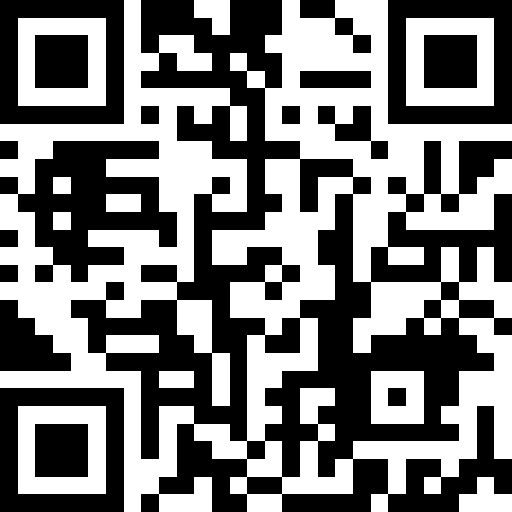Information
-
审计标题
-
Conducted on
-
客户/地点
-
人员
Lifting Operation
-
Are all lifting operations onsite following the approved lifting instructions
-
Are all lifting equipment and accessories uniquely identified, marked with the safe working load, listed in a register and subject to formal regular inspection? And no any lifting accessories are out of inspection period or in need to be scrapped condition?
-
Is all equipment used in lifting operations subject to a pre-use inspection by the operator?
-
No personnel are positioned under a suspended load or between a suspended load and fixed objects?
Work @ Height
-
Do all persons working where there is a risk of falling from height (e.g., collective measures not possible) use a harness with a shock absorbing lanyard or fall arrestor that is at all times attached to a secure anchor point or life line?
-
Are all items used for work at height including tools and equipment secured to prevent potential dropped objects? Are all platforms and scaffolding tagged with green or red tag?
-
Is all equipment used for work at height or for fall prevention or protection is uniquely identified, listed in a register and subject to formal regular inspection?
Machine Safety
-
All dangerous parts of machine are safe guarded. It is not possible for a person to reach any dangerous part of the machine
-
The equipment safety facilities (interlock, grating, radar, door locks, etc.) are in normal working condition
-
No one is exposure to dangers zones when machine in auto operation mode
LOTO
-
LOTO system has been implemented for the machines under maintenance
-
100% implement personal ID procedure for non-productive status (setup, cleaning, adjustment, installation)
-
Strictly apply One Person, One Lock, One Key
Electrical Safety
-
All live operations are subject to PTW application and PPE requirements (insulation mask/gloves/mats, rescue rod, safety boundary post, chain delineator)
-
Is the absence of residual energy formally verified prior to working on any machine/equipment/electrical cabinet
-
All the electrical cables are in good situation, the insulation is good, no broken issue.
Risk management
-
The RCP has been performed by operators properly prior to any work
-
Is a Permit to Work used for all non-routine high risk tasks (work @ height, non-routine lifting operation, hot work, confined space, LOTO, live work etc.)?
Contractor
-
All onsite contractors have the formal badge issued by ALSTOM
-
All the applications & PTWs have been approved and put onsite
-
No violations of high risk activities per SAPI2 requirements
Vehicle
-
Maintain a safe distance from operating vehicles and Hazard area
-
The vehicle speed in line with the factory speed limit requirements (outdoor 10 km/h, indoor 5km/h)
Excavation
-
Are rigid barriers used with toe boards for edge protection?
-
The safe access is in place for the operators
-
Are sloping, shoring, shielding, support and/or benching systems in place for excavations greater than 1.2 meters in depth?
Check List - Others
-
All the operators wear related PPE in proper way that can meet the requirements of workshop or position
-
The portable equipment is in good condition and has been inspected regularly
-
Hot work: no flammable material around the hot work area. The fireproofing<br>Carpet and fire extinguisher are in place. The PTW has been approved prior to<br>work<br>
-
All the firefighting equipment is in good condition (extinguisher, hydrant etc.)
-
All components and goods are latched prior to transport
-
All chemicals used/stored onsite are in good control (MSDS, chemical label, second containment etc.)
-
100% implement waste classification rules
-
No energy waste found on site(light, gas leakage etc.)
Comment/Suggestion
-
Other Findings







